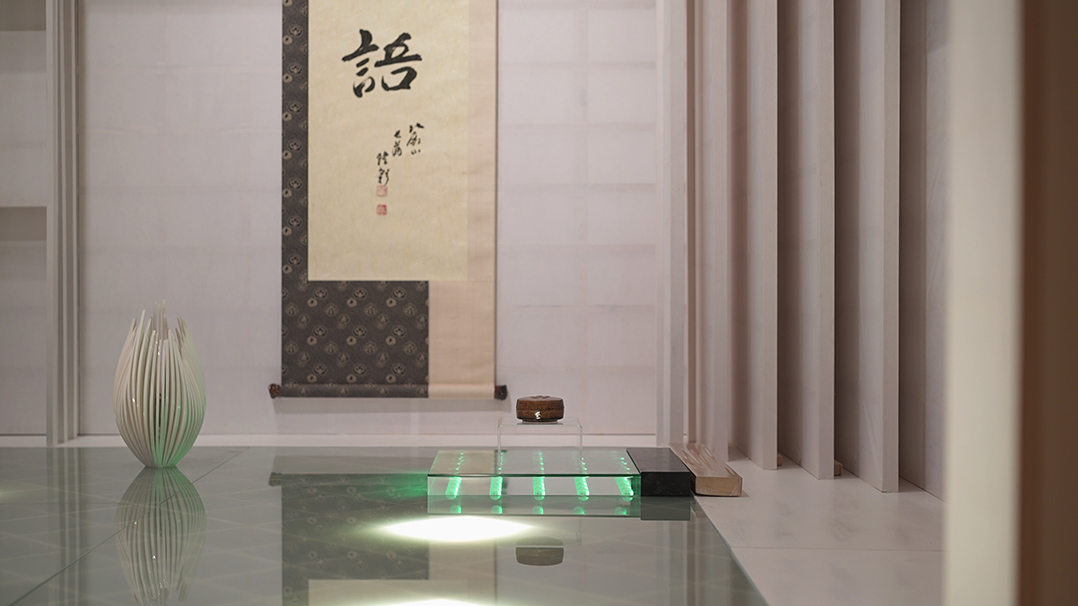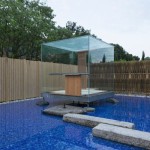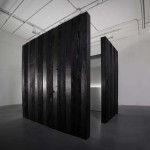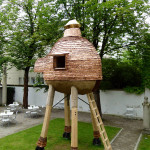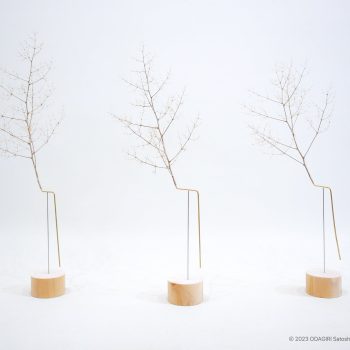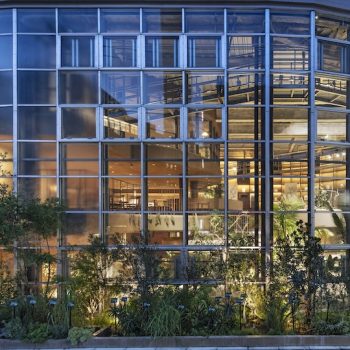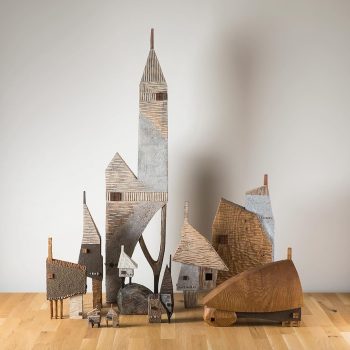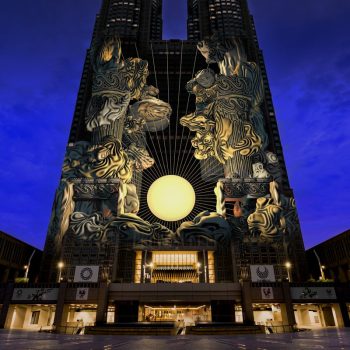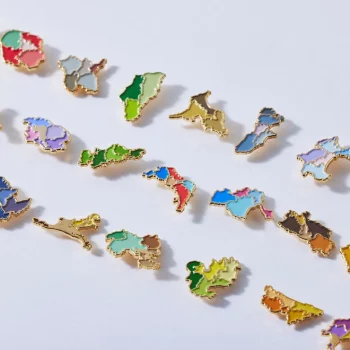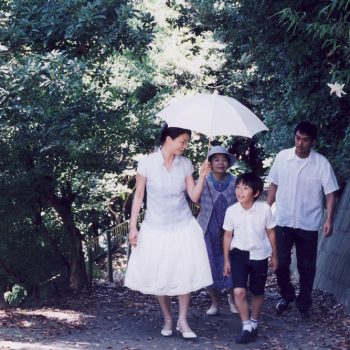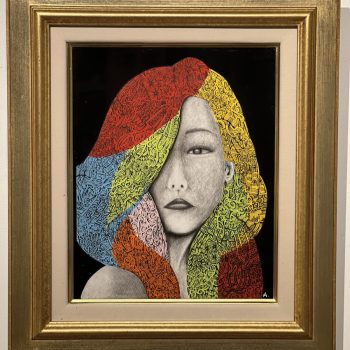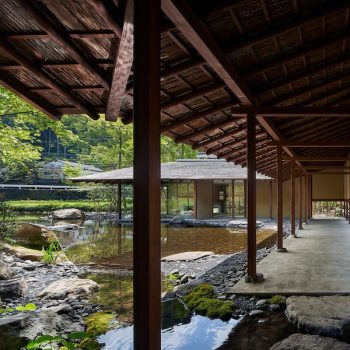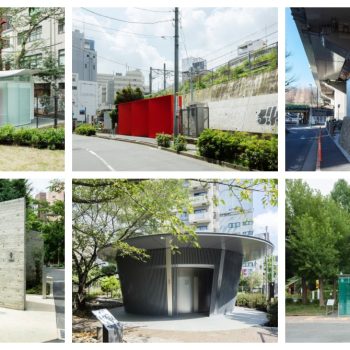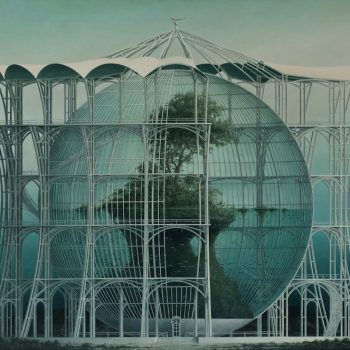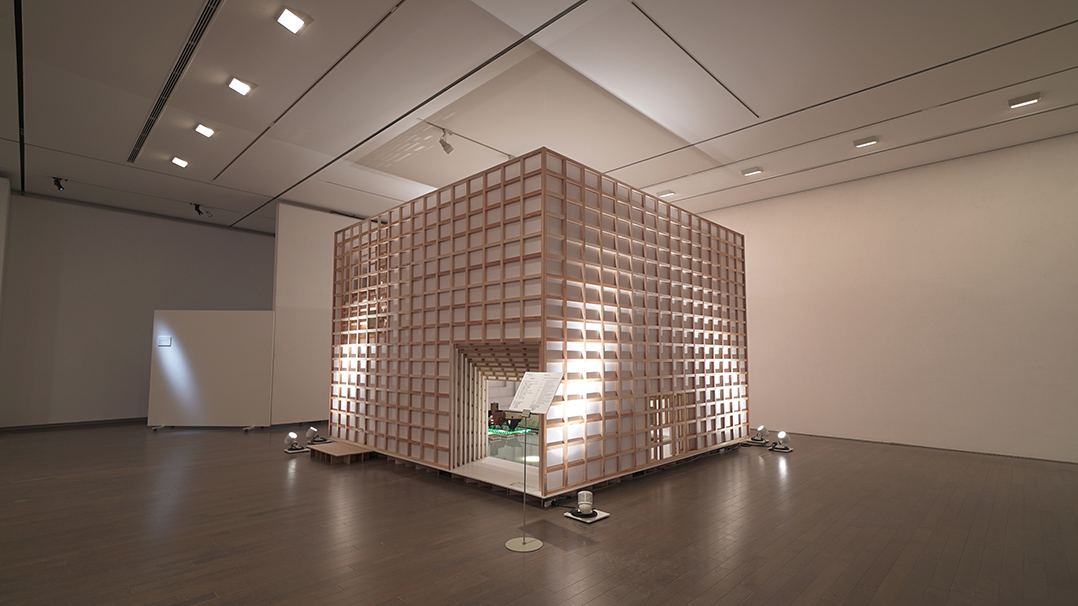
Last month at an exhibition staged at the 21st Century Museum of Contemporary Art in Kanazawa, artists installed a tea house handmade from geometric, concentric-layered shoji screens.
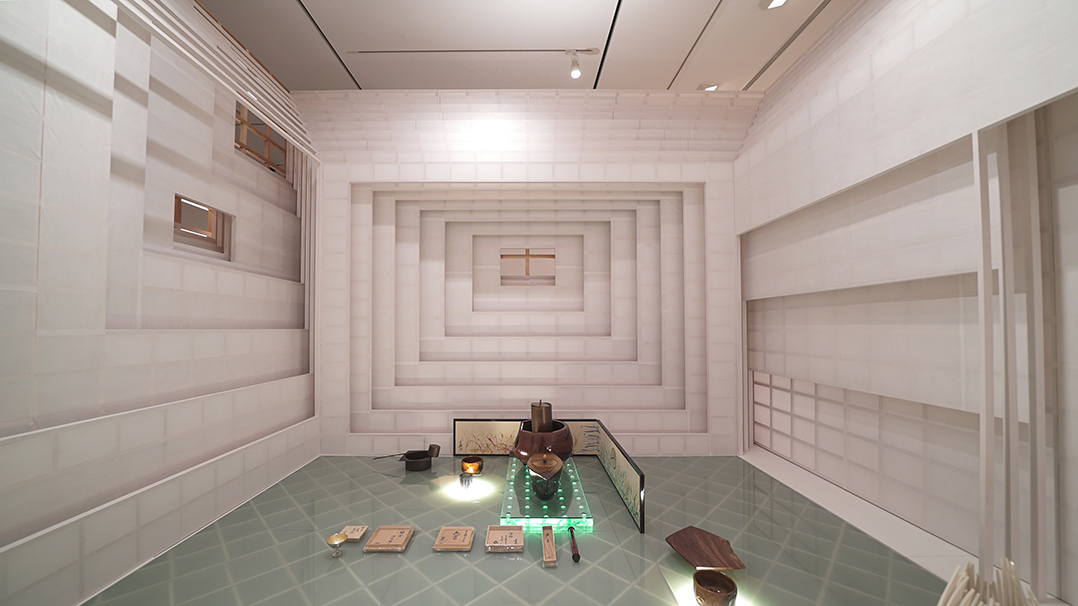
Soji screens are traditional Japanese latticed wood and washi paper partitions. Anyone in Japan who has a cat or a baby knows how delicate they are. In creating the tea house, the artists used eight layers of shoji screens to create concentric layers that distort our sense of space within the tea house.
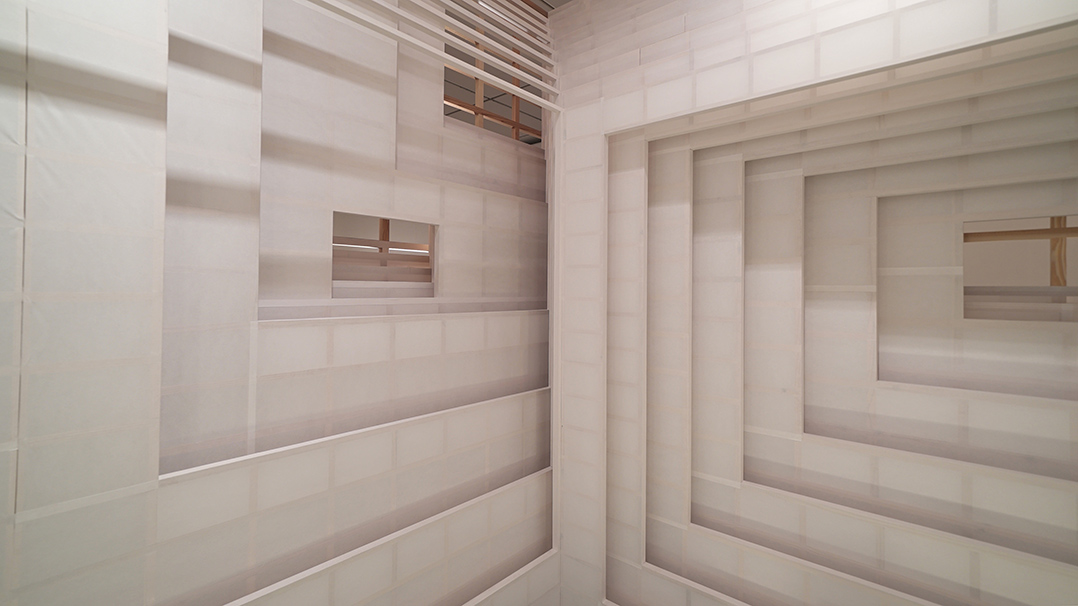
The tea house, which was part of the Kogei Exhibition exploring the possibilities where craftwork and architecture collide, was a collaborative piece between Ohi Chozaemon, his son Yuki Nara (previously) and architecture firm Iemoto. Titled The Five Elements Tea Room, the space combined wood, fire, earth, metal and water. The exhibition ended last month but the works have been documented and are viewable online.
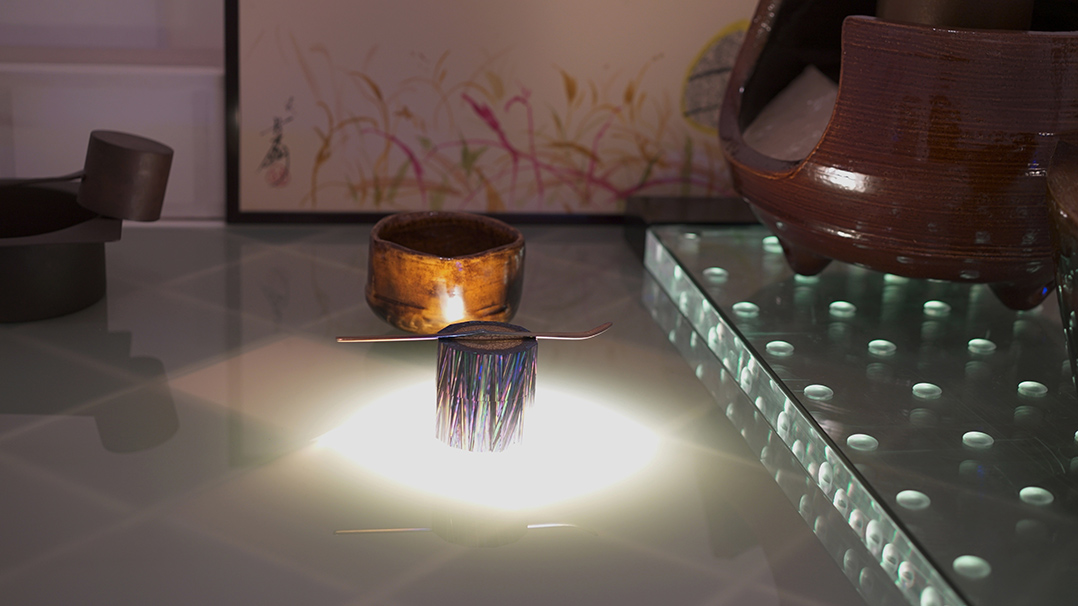
Contemporary artists and designers have always been interested in designed tea houses. We explored this topic in a lengthy photo essay on Japanese Designer Tea Houses.
